Art - therapy is a direction widely used in psychotherapy and brewing, based on various forms of art and creativity. Based on such a definition, it becomes clear that such therapy cannot be boring or uninteresting.
Content
Drawing, playing and fantasizing, adults and children learn to have fun, self -explore, identify and solve pressing problems. So what is art therapy? What features does the psychology of art have and what methods do psychologists and psychotherapists use in their work?
Art therapy, concept and tasks
The methods of art therapy based on the game and creativity are recognized around the world one of the most effective and, at the same time, fascinating types of psychological assistance. Thanks to interactive and “living” classes, in a short time it is possible to improve the mood, general psycho -emotional state, relieve tension and stiffness, help get rid of fears, aggression, anxiety, depression and apathy, raise life tone and self -esteem.
1. The particle “art” in the word “art therapy” is translated as “art”, which literally means “treatment with art”, i.e. The use of therapeutic techniques through art or creativity.
2. This type of therapy is especially relevant for the psychological correction of the psycho -emotional state of a person.
3. The main task of art therapy in psychology is the achievement of the maximum harmony of the mental state of the personality by self-expression or self-knowledge. Art, in different variations, allows you to express and “lay out in the shelves” internal feelings and emotions, experiences and anxiety.
4. Many, at first glance, successful and self -sufficient, people are actually not satisfied with their lives and are in dire need of self -knowledge and self -expression. To carry out one of the fundamental needs of a person - in self -actualization, i.e. The development of personal opportunities will also help “magical” art therapy.
5. Therapeutic therapy through art allows psychologists and psychotherapists in working with the patient to achieve the following results:
- give a way out to negative emotions or "stuck" feelings;
- significantly facilitate comprehensive psychotherapeutic treatment;
- carry out detailed psychodiagnostics of a person's state;
- to work out restrained or suppressed feelings and thoughts;
- establish trusting relationships with the patient (client);
- develop creative abilities;
- increase self -esteem, personal growth;
- carry out self -knowledge and self -expression;
- to teach to control behavior and emotions;
- disassemble the causes of emotional disorders or difficulties.
6. The methodology of art therapy is based on the statement that the internal state of a person is unconsciously reflected in visual images, and therefore in his drawings, sculptures, crafts, installations, collages and other creative processes.
7. Creative therapy is a pleasant and cheerful process, it is successfully used to treat patients of different ages. Psychological correction has excellent results in both children and adults. The technique is widely used when working with adolescents, pregnant women, seriously ill people and old people.
8. The techniques of art therapy are appropriate during psychological counseling, therapeutic treatment and in the process of rehabilitation (mental or physical nature).
9. Currently, there are a lot of diverse psychological centers, coaching courses, online intensities that allow you to train the basic technique of art therapy. Copyright programs for art therapy using non-standard means and methods are also interesting (for example, EBRU-therapy or mandalotherapy).

Art therapy, basic principles of methodology
Not every person can or want to tell about the problems that concern him, then unconscious processes come to the aid. Images, symbols, colors help to understand and study the deep unconscious processes, true experiences and fears.
- Art therapy has no contraindications, suitable for all ages and categories. Such treatment is carried out absolutely voluntarily, without causing resistance and negative attitude.
- In the creative process, it does not matter the quality or artistic value of the created art object, the main thing is to focus on the task and completely immerse yourself in the process itself.
- The analysis of the work should be carried out, first of all, the author, trying to independently understand and understand the essence of the problem situation. A specialist psychologist or psychotherapist only directs and coordinates the creative process and subsequent analysis.
- The advantages of therapy are a wide selection of types and methods used by specialists.
- On art-facts, in the process of sublimation, a person, in fact, transforms a negative type of energy (fear, irritation, aggression) into a positive creative expression.
- During work, even without correctional and additional classes, of course (unconsciously), a transformation of the initial problem occurs and a positive therapeutic effect occurs.
- In the process of art activity, a person relaxes, relieves tension and compression, the nervous system calms down.
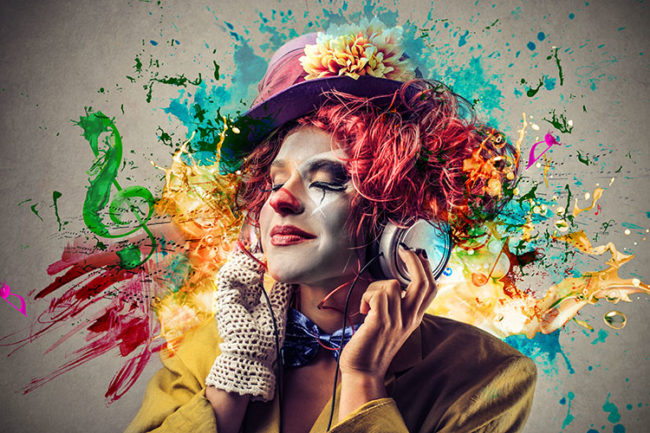
Indications for art therapy
Indications for therapeutic therapy can be any deviation of the psycho -emotional or mental state of a person. The most common include:
- Stress, depression, depressed mood.
- Impulsiveness and emotional instability.
- Fears, phobias.
- Undetered self-esteem, negative “I-concept”.
- Increased anxiety.
- Psychological dissatisfaction with oneself or any relationship.
- Unreasonable irritability and conflict.
- Closure and mental stress.
- Psychological trauma.
- Violation of communicative qualities.
- Age crises.
- Delay of mental or speech development.
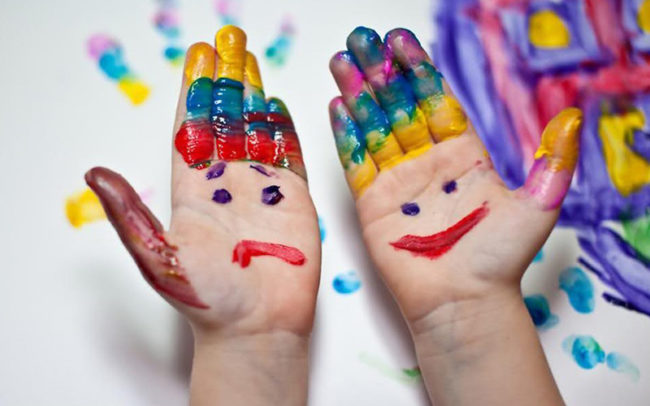
Types and methods of art therapy
Art, as you know, is multifaceted, and therefore there are a lot of types of therapeutic therapy. Such a variety of creative processes allows a specialist to choose the most successful, fascinating and acceptable method of therapy for a specific personality.
We list the most popular and productive types of creative treatment:
- Drawing, decorating.
Drawings are the most ancient and often used type of art therapy. The drawing on a given topic allows you to track emotions, determine the symbols of consciousness and possible mental disorders. Iz therapy helps to identify internal blocks or fears, relieve stress.
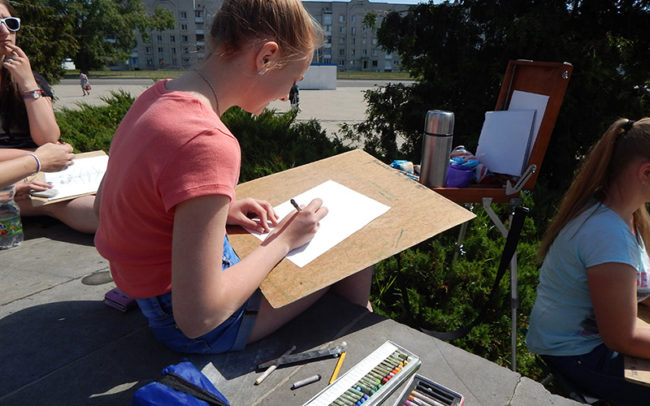
Recently, coloring for children and adults “Antistress” has been especially popular in art therapy. Putting up small details, a person calms down, focuses, relieves nervous tension.
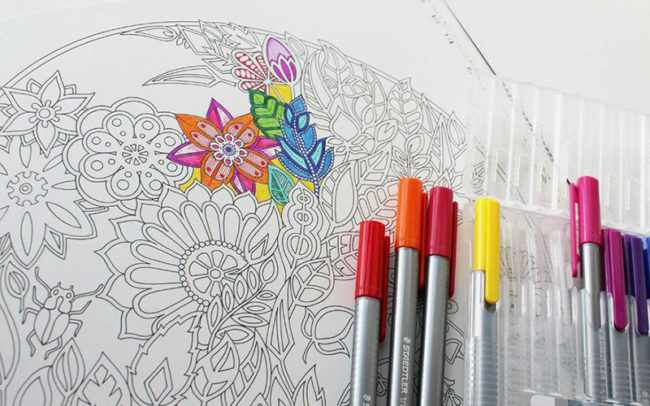
- Bibli and fairy tale therapy.
Bibli meals is a psycho -correctional methodology for influencing a person using specially selected literature.
Fairytale therapy specializes in the flight of fantasy and composition of fairy tales.

- Singing, dancing and music therapy.
The beneficial influence of music on man has long been known. In art therapies, various methods of exposure to music are used, including singing, dancing and playing a musical instrument. The use of musical art therapy helps to cope with many psychosomatic disorders. This type of therapy is especially popular in educational and pedagogical practice.

- Dramatherapy, pantomime, animation and multi -therapy.
The type of symbolic self-expression through theatrical and dramatic means. Allows you to reduce mental disorders, smooth out socio-psychological problems and complexes.
Cartooner or creating cartoons is an effective method when working with children.
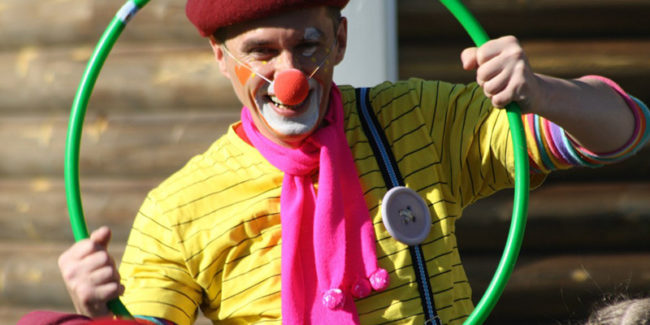
- Puppete -therapy.
It is used in family therapy or when working with children to correct behavior, through theatrical puppet productions.
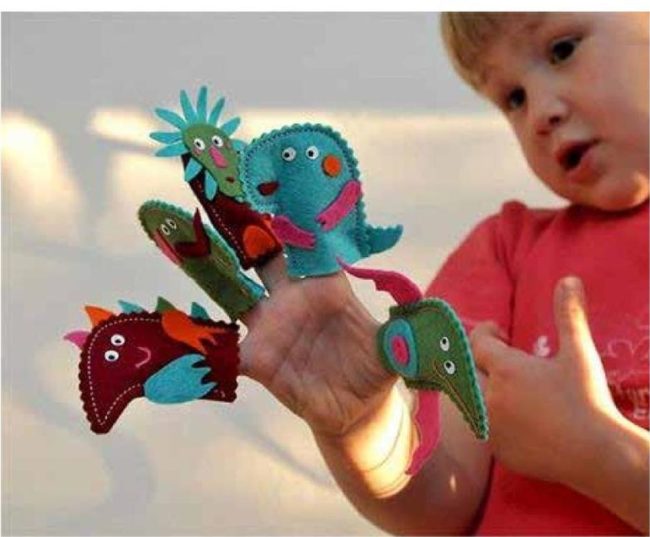
- Sanding art therapy.
Unstructured material for symbolic self -expression and self -knowledge is used. It is used for psychoanalysis, effectively relieves mental stress. The technique teaches not to be afraid to make mistakes, correct them and adjust them.

- Collaging and scrapbooking.
Collage - unification (gluing) of heterogeneous elements. When working on ready -made collages, diagnostic criteria and opportunities for further therapeutic work are analyzed and discussed. The analysis of the created collage includes the size of the elements, their location, the identification of “dominants”, the choice of color, plot and orderliness.
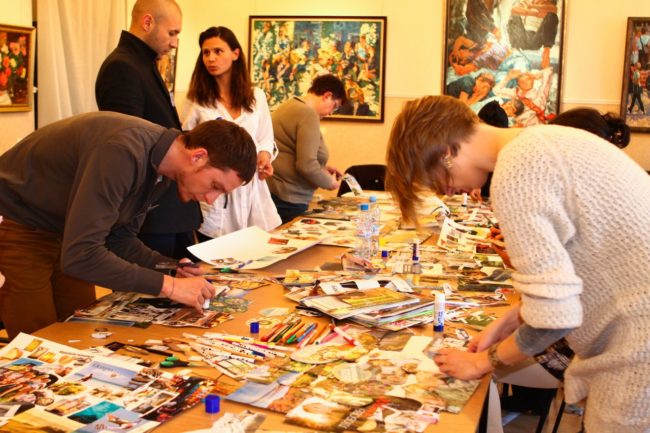
- Game therapy, work with plastic materials.
Play therapy is based on the use of role -playing game as an intensive methodology for influencing personal development.
Work with plastic material (clay, plasticine, dough, wax), tactile effects have a beneficial effect on the nervous system, teaches to concentrate, and gives the release of negative energy.
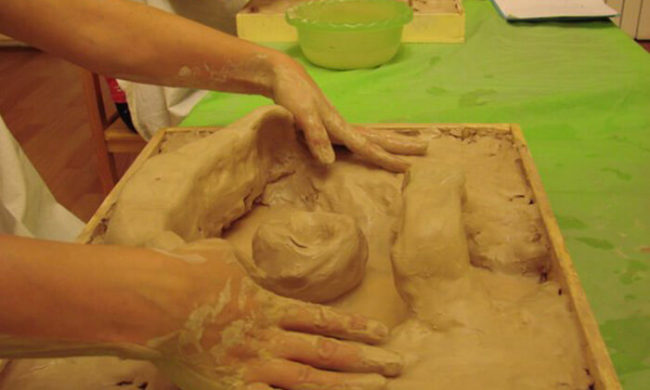
- Synthesis therapy.
It unites seven types of art in one methodology at once. Allows you to reveal creative abilities, free emotions, plunge into the deep process of self -knowledge and self -expression.
- Color therapy.
It is often used in addition to other types of art therapy, mainly related to drawing. The choice of a certain color scheme, the quantitative ratio of color in the figure (and other parameters) make it possible for psychologists to determine and analyze the existing problems.

- Phototherapy (application of photos).
For classes, your own photos or other, specially selected pictures are used. The work is carried out both with separate photos and as a material for the preparation of installations or collages.
- Video therapy, movie therapy.
Viewing specially selected video materials, their discussion and analysis are used.
- Maskotherapy.
This method of psychological work is based on projecting deep complexes and human problems in inanimate matter of the mask.
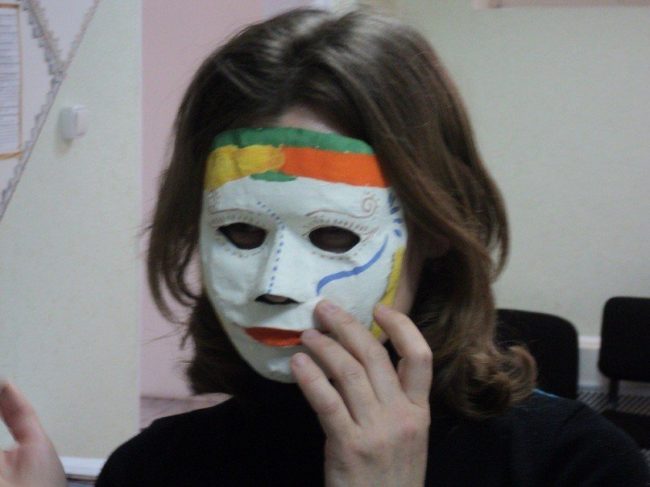
- Mandalotherapy.
Art therapy using the depicted mandala-a drawing in a circle with magical properties (according to oriental beliefs). Work with an individual mandala allows you to simultaneously analyze and adjust the mental state of a person.
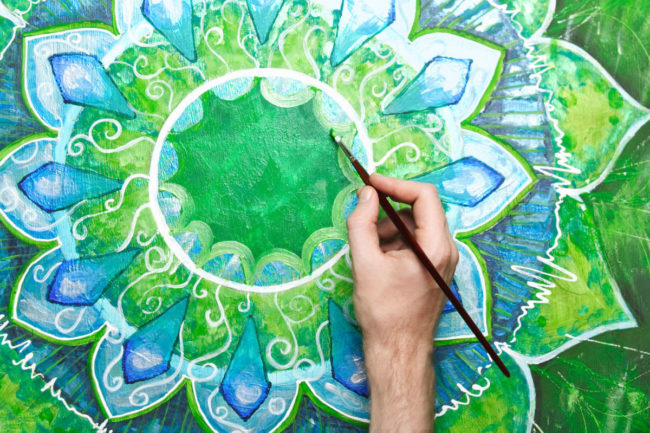
- Knitting, sewing, weaving and other needlework.
As you know, any needlework calms and teaches to concentrate, creates and helps to become more confident in itself. For many, needlework is a favorite lesson that improves mood and pleases the result.
It is in the creative process, forgetting all conventions and formalities, that a person manifests his true “I”.

Funds of art therapy
According to the types of fascinating therapeutic process, appropriate funds are used.
- Simple pencils, pens, paper, eraser.
The most common and favorite means of therapy, especially in children. Used for drawing and notes. Eraser will help to correct or adjust some points in the figure, but an experienced psychologist will definitely pay attention to such edits.
- Color pencils, felt -tip pens, paints, crayons, markers.
The choice of color is very important for the diagnosis of the emotional state of the drawing and his attitude to the subject of drawing. As you know, too gloomy, black drawings characterize depression, negativity or severe experiences.

- Plasticine, sculpting dough, clay.
Through fine motor skills, working with sculpting materials, a person manages to concentrate, calm down and reflect. A similar tool for art therapy allows you to tear, crush and stretch the plastic material and, at the same time, release stress and suppressed feelings. The advantage of working with plasticine is the possibility of an experiment: changes in figures, their rearrangement and playing with them.
- Musical instruments, audio and video equipment.
These funds are an integral part of most art therapy classes. Calm, relaxing music tunes a person in the desired “mood”, soothes and contributes to the better disclosure of creative potential.
- Costumes, elements of clothing, masks.
INFORMATIVE means for theatrical classes, mASKOTIPE, etc., allowing to “get used to the role” or “try on the mask” as much as possible.
- Magazines, newspapers, photos.
Used to create thematic collages, scrapbooking, for phototherapy.
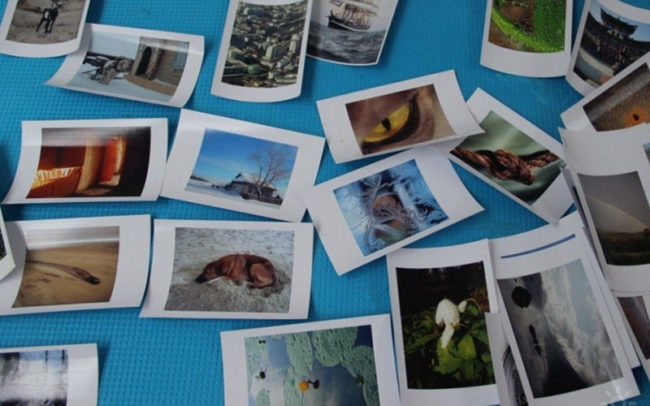
Methodology for conducting art therapy classes
Conducting classes involves maximum concentration on feelings, emotions and bodily sensations. At the same time, art or other skills are absolutely unimportant for conducting art-exercises.
- Initially, it is important for a psychologist to create a special confidential atmosphere in the audience, especially when working in a group. You should gently and tactfully exclude “extra” conversations or comments of the participants, so as not to violate the favorable psychological microclimate and give everyone the opportunity to focus on their thoughts and experiences.
- The structure of any art, as a rule, includes two components: non-verbal (creative) and verbal (discussion). The ratio of these stages conditionally occupies 3: 1, respectively. The verbal part, although it takes less time, is the most important and mandatory part of the art therapy lesson. This, the so -called feedback with the participant, discussion of the work, pronouncing results and impressions.
Conditionally, the process of creative “cure” can be divided into the following stages:
- Introductory part: mood, contact of contact, involvement in the creative process.
- Actualization of sensations, the formation of a topic for work.
- Non -verbal, creative activity.
- Discussion of the process and work results.
- Correction and refinement of art activity results.
- Reflection, diagnosis, conclusions.
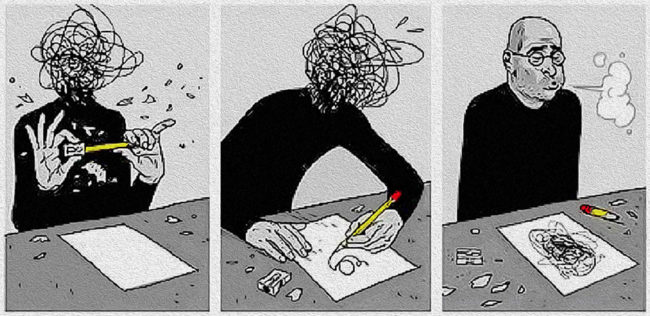
Basic techniques and exercises of art therapy
Consider the specific exercises used in the process of art therapy classes.
- Drawing yourself.
Task: to imagine themselves to other participants without using words. An illustration can be associated with a portrait, way of life, interests and hobbies, attitude, values, etc. The exercise is used at the first stage - acquaintance with the group.
- The pattern of the state.
Task: symbolically depict your psycho -emotional state on a sheet of paper or what worries. The exercise is used both for acquaintance and the subsequent diagnosis of human problems.
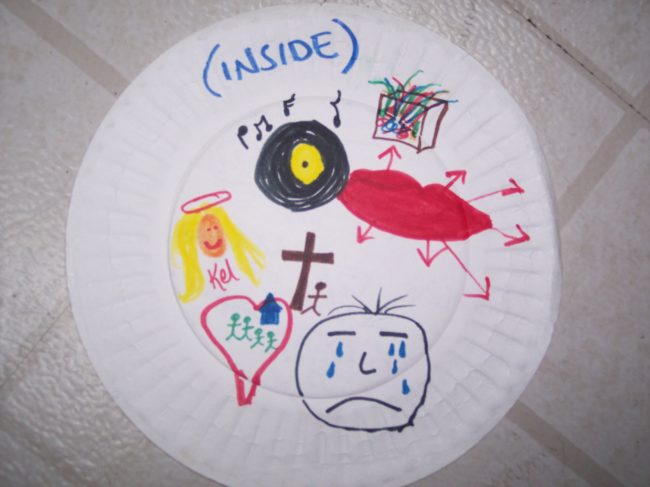
- Interview-presentation.
Task: Working in a couple, participants tell each other about themselves (interests, plans, etc.). Then everyone schematically depicts information about the partner in the figure, after which it will present it to the group. Discussion takes place, additions are made. The exercise is used at the first stage - acquaintance with the group.
- The first impressions.
Task: to look at a partner and depict him in the figure (an abstraction, metaphor is welcome), relying on the first impressions. Discussion takes place, additions are made.
- Collage.
Task: using the provided technical means (glue, photos, drawings, magazines, newspapers, etc.) make a collage on a given topic. The subject can be diverse (“man and woman”, “my plans”, “I”, “from the past to the future”, etc.). The exercise is used both for acquaintance and for subsequent diagnosis and analysis of human problems.
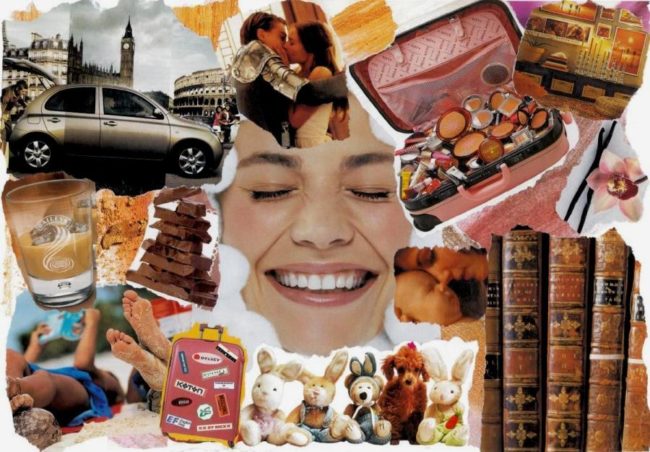
- Work with clay.
Task: Tactile work with plastic material for expressing experiences and transmitting an emotional state at the moment. The task of working with clay or plasticine may be the manufacture of sculptures, figures, prints of objects, blinds, masks, amulets, amulets, etc.
One of the options Exercise "SELL THE PROBLEM":
Task: from plastic material (plasticine, dough, wax), it is necessary to fashion your problem (figuratively). After that, the psychologist offers to “talk” with this “life obstacle”, expressing everything boiling and painful and change it, if necessary.
- Interaction with paper.
Task: Using paper and technical means (glue, tape, scissors, etc.), it is necessary to create a voluminous composition on a given topic. Variations for the lesson can be drawings on crumpled or wet paper, individual work, group additions, etc. The exercise is used for deep self -knowledge, expression of emotions and fears.
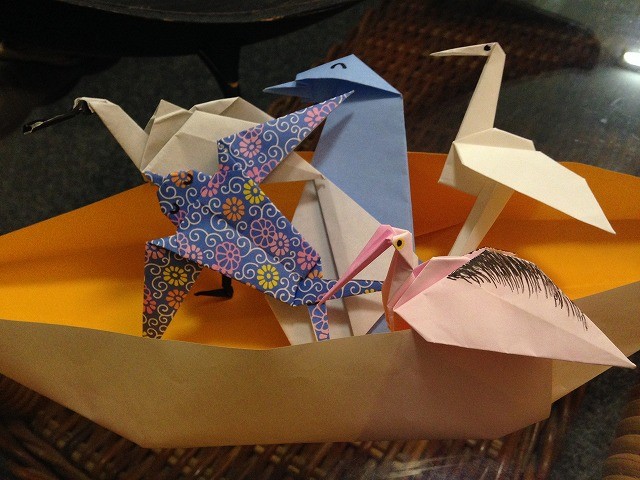
- Color experiments.
Task: using various colors to experiment with images according to a given topic. Tasks may be drawings on “mood”, “well -being”, “perception of the world”, etc.
- Scribble.
Task: to freely conduct a pencil on paper, without a specific purpose and plan, to draw Karakuli. Options for interpretations of the task may be the subsequent discussion of the drawing, individual associations, the composition of the story based on Karakuley, etc. Within the framework of such exercises, the techniques of a fingerprint painted with paints are used, inflating paint on a sheet of paper, ink spots and blots.
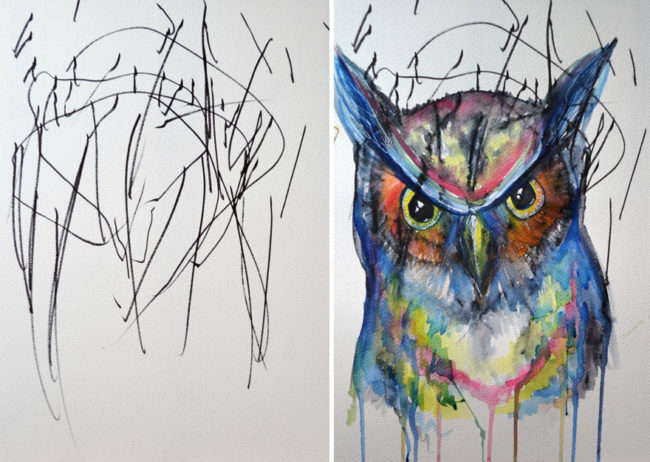
- The fairy tale about the hero.
Task: to compose a fairy tale about the imaginary “super-hero” with a positive ending. The exercise correlates the abilities and successes of the participant and the “super-hero”, teaches you to find difficulties that interfere with such heroic deeds, overcome difficulties and get the desired result.

Art therapy for different ages
Naturally, the methodology and approaches of the psychology of art to children and adults are different. Adults, as a rule, are in advance to change the situation, are ready to discuss their problems, know how to express feelings and experiences, analyze their activities with a psychologist. The only difficulty of art therapy for adults is to overcome resistance to a non-standard methodology of therapeutic agents. Not every adult can again “become a child”: draw, glue, sculpt, sing, show pantomimes, etc.
Children, on the contrary, are actively and quickly involved in the creative environment familiar to them. They, by their nature, love to play and create. The main thing is to captivate their process, to establish friendly relations.
Working techniques can change or vary depending on the category of participants, their age qualifications, a certain request or a problem situation.

Art therapy for children
Exercises for children are held in a free format, without difficult discussions and interpretations. The main thing for children's art therapy is the fascination of the process and getting pleasure from work.
Often such techniques are used for children with functional restrictions (hyperdynamic syndrome, autistic spectrum disorders, speech and mental retardation).
- During interactive classes, the child reveals his creative abilities, potential, becomes more confident and sociable.
- Art therapy will be useful and exciting even for the smallest-for preschoolers. Classes help to develop skills in one type of activity, teach to interact in a team, cope with fears, anxiety and excessive shyness. Such creative activity helps to express itself and their feelings arbitrarily, without "tracing paper".

- After performing the work, the psychologist helps the child solve the “seen” problem. For example, after the task “draw your fear”, it is important to voice what the child is afraid of and “defeat evil”. As a rule, children themselves (or with the help of a psychologist) come up with what can be done. If this is a terrible black spider, you can draw flowers on each paw and turn into a funny "creator of the flower web." And if this is a huge dog with sharp teeth, to finish her purple wings and “send it into space”. A monster that hides under the bed can be transformed by drawing it with a pink and fluffy “mixer” - now he will guard, and not scare the baby.
- Through art therapy in working with children, playing and fantasizing, transforming the child’s internal fears, lose and survive a difficult situation. Such interesting, funny “tricks” help children get rid of phobias, teach them to make them “non -grave”. The main condition for high-quality art therapy is no aggression and evil, transformations should be kind and funny.
- Paints, sand, plasticine for children remain the most attractive materials.

Art Therapy for teenagers
A complex adolescence often requires correct intervention and smoothing an acute age crisis. In such cases, the technique of art therapy becomes the most appropriate and irreplaceable. Tired of constant remarks and moralizing, “matured children” are happy to be involved in the creative process.

- Adolescents with an increased level of aggressiveness or nervousness recommend mixing and combining different types of art technique. So, drawing helps to calm the nervous system, and inscining and acting - to adapt and establish relationships with others, building a positive model of behavior later.
- Positive results in the art of adolescents are demonstrated by the technique for changing the original drawing. For this, the finished image on a given topic is proposed to change, supplement and improve. Such freedom of choice and the ability to change something helps to increase self-esteem, believe in your strength and start working on existing problems.
- Working with aggression, anxiety and rejection of themselves, experts often use body-oriented therapy aimed at taking the image of their own “I”, the formation of bodily borders and integration, and relief. Good results are also given to work with plastic material, which can be crushed, torn and modified.
- Correction of art therapy enables the teenager to lose, survive and realize the problem situation. After that, it becomes much easier to cope with some deviations and violations.
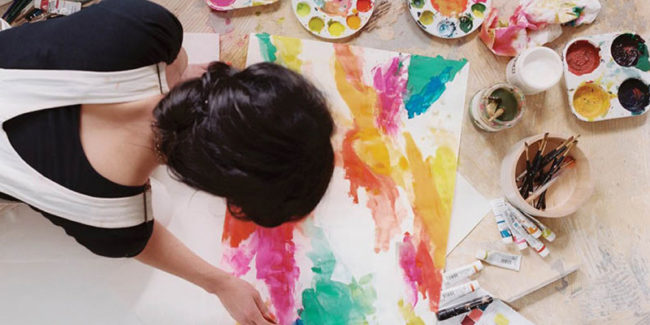
Art Therapy for adults
Many adults are incredulous about such therapeutic treatment and psychological activities, considering them simply a funny “felting of a fool”. But, the experience of many experts in this area demonstrates high positive results of changing the mental state of participants in art therapy programs.
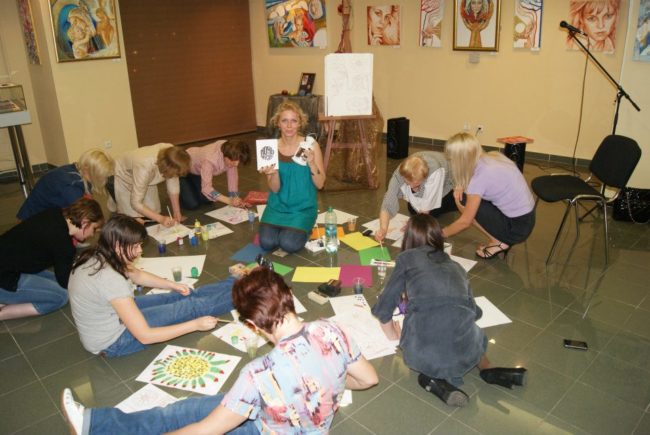
- Fairytale therapy, paradoxically, is ideal when working with adults and elderly people. Fantasizing, inventing the plot and development of actions, a person unconsciously “connects” his line of life, problems or failure. Working with a psychologist, it is possible to adjust the invented fairy tale, make it more positive, and the main character is more successful.
- Working on himself, the member of the art method enjoys creativity, is inspired by the accomplishment of new “exploits”, transforms his life in a new, positive way. All classes are easy, pleasant and in a positive mood.
- Modern adults are increasingly resorting to the help of psychologists in order to increase the success and productivity of their lives, learn how to self -realize and manage their mood, change life for the better, and establish personal relations.

Thus, we can say that the global mission of art therapy is a change in the internal state of a person, an improvement in mental health and the creation of complete mental harmony and emotional comfort.
The variety of methods, types and means of art therapy can overcome the consequences of stress, facilitate the treatment of mental and neurotic disorders, identify and adjust psychological and personal problems.
With complete confidence, art therapy can be called-the most exciting and interesting psychology!
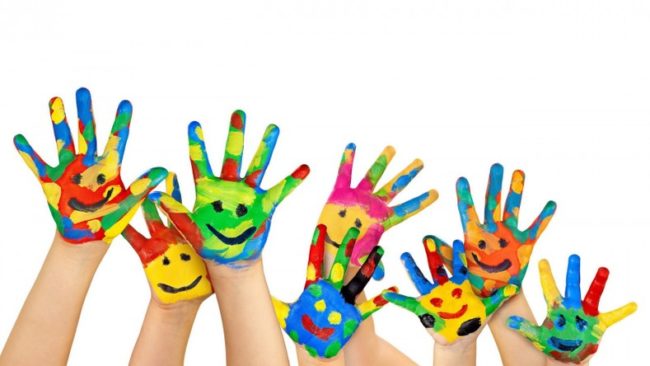









Comments
a couple of years ago, there was no side of metrogils from the same problem, there were no side effects ...
I’m not a fan of peeling at all, it saves from acne of metrogil, it also smoothes it ...
Great article! ...
I take the second course of the Capsules Climafite 911. The tides went very quickly. It became calmer, irritability went away and I sleep well ...
i also noticed - it is worth nervous, everything immediately affects the face. Therefore, I try to avoid conflicts and unpleasant people. Of the creams, I like Miaflow from wrinkles - smoothes not only small wrinkles ...